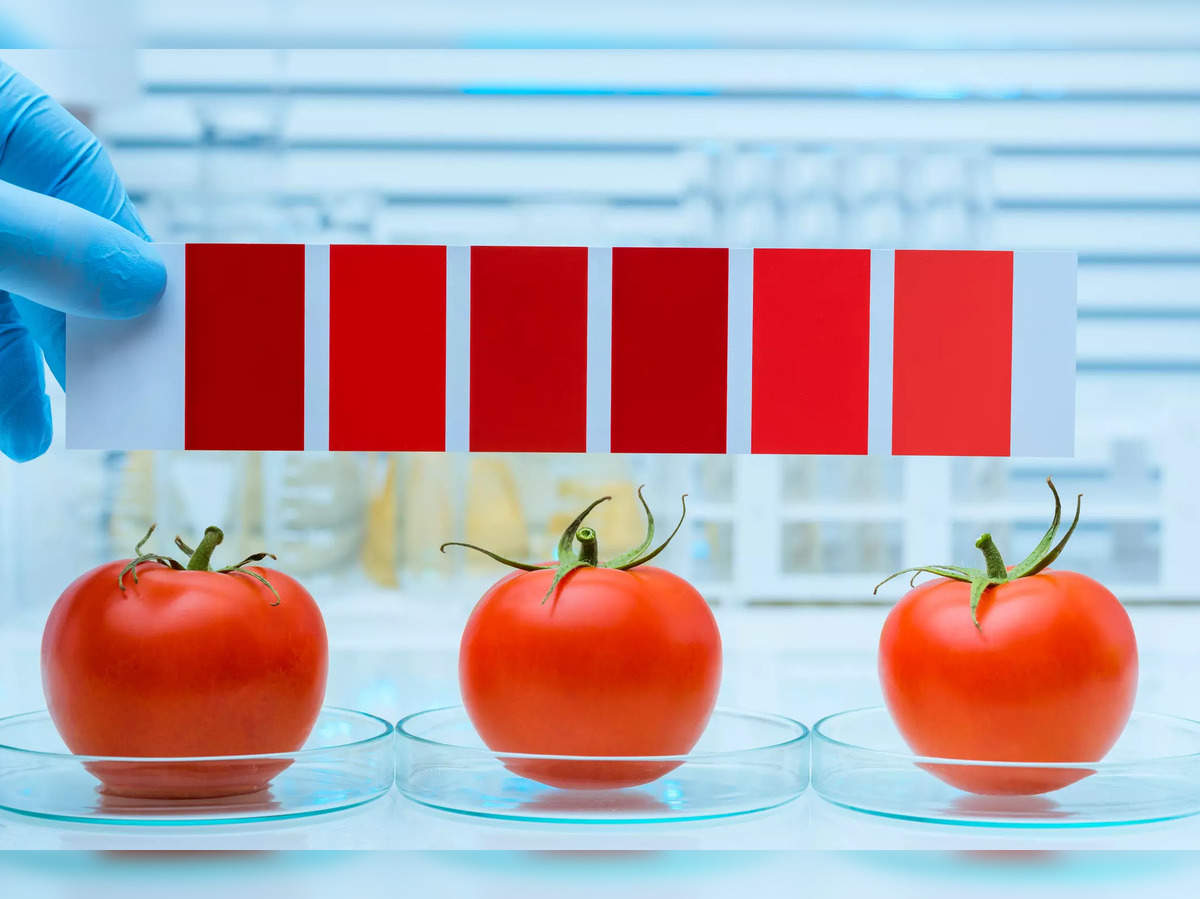
# Genome Editing of Sugar-Regulating Genes Boosts Tomato Sweetness Without Sacrificing Yield or Size: A Landmark Advancement for Consumers and Cultivators
For many years, breeders of tomatoes have encountered a significant challenge: enhancing sweetness while ensuring high yields and substantial fruit sizes. As larger tomato varieties gained commercial traction, their reduced sugar levels became a difficult trade-off to navigate. Nonetheless, innovative research led by **Sanwen Huang** at the Chinese Academy of Sciences has successfully tackled this issue through cutting-edge genetic methodologies. By employing gene editing, they have crafted tomatoes that are markedly sweeter, without adversely affecting fruit yield or size. This breakthrough is poised to benefit both consumers and growers, transforming the current tomato market.
## The Sweetness-Size Dilemma in Commercial Tomatoes
Tomatoes serve as a fundamental ingredient in various cuisines, and the demand for sweeter options has consistently remained high. Sweeter tomatoes offer better flavors when eaten fresh and, in processed items like tomato sauce or ketchup, a higher sugar content lessens the requirement for added sweeteners, consequently lowering production costs for manufacturers.
However, until now, increasing sweetness in large commercial tomato varieties has proven challenging. In substantial tomatoes, nutrients designated for fruit growth are spread over a larger area, which dilutes naturally occurring sugars such as glucose and fructose. This situation has created a conflict between consumer desires for sweetness and agricultural needs for larger, high-yield crops.
This tension has hindered commercial tomato breeding for years, highlighting the necessity of finding a method to boost sugar content without diminishing fruit size or yield, which could greatly advantage both consumers and growers.
## The Genetic Revelation for Improved Sweetness: A Remarkable Finding
The team under Sanwen Huang sought to thoroughly explore the genetic structure of tomatoes to comprehend the limits on sugar content. They conducted a **genome-wide association study (GWAS)**, an effective method for identifying genetic areas linked to particular traits. By examining numerous tomato varieties, they identified DNA segments, or gene loci, strongly connected to variations in sugar levels.
Their research uncovered a significant gene locus on **chromosome 11**, which was determined to be crucial in regulating sugar levels. Within this locus, the researchers found two essential genes that act as molecular “sugar brakes.” These genes, arising from a gene duplication event, suppress sugar production by regulating the enzyme **sucrose synthase**, pivotal in sugar biosynthesis.
The team also identified a **12-base-pair insertion** in the DNA segment linked to one of these genes as especially significant. Varieties featuring this insertion displayed higher soluble sugar concentrations than those without it, indicating that this genetic variation could be the key to producing sweeter tomatoes.
## A Gene-Editing Approach: Utilizing Crispr–Cas9 Technology
To further substantiate their discoveries, the researchers employed **Crispr–Cas9**, an innovative gene-editing technology, to modify the detected genes. They adeptly knocked out the sugar-inhibiting genes, effectively “removing the brakes” on sugar synthesis. Consequently, these gene-edited tomato plants yielded fruit with noticeably elevated levels of glucose and fructose—up to **30%** more.
Even more impressively, this enhanced sweetness did not come with the typical drawbacks in fruit yield or size. The genetically modified tomatoes preserved their desirable dimensions, a critical factor in the commercial tomato sector where larger fruits are often favored for their attractiveness and processing utility.
There was a slight impact on seed traits: the mutants generated fewer and lighter seeds. However, this did not appear to affect seed germination, ensuring that the edited varieties can be propagated without compromising viability or crop growth.
## Consumer Acceptance and Potential for Wider Application
Naturally, any alterations aimed at improving flavor must garner approval from the ultimate judges: consumers. In taste assessments conducted by Huang’s team, participants overwhelmingly deemed the gene-edited tomatoes sweeter than standard varieties. This favorable consumer feedback suggests substantial market potential for these enhanced tomatoes.
Moreover, the research indicates possibilities that extend beyond tomatoes. By applying similar gene-editing strategies to other fruit crops, such as peppers, melons, or strawberries, breeders might similarly improve fruit quality, paving the way for a new wave of sweeter, more flavorful produce that does not sacrifice agricultural output.
## Consequences for the Tomato Industry: A Dual Benefit for Consumers and Growers
The ramifications of this genetic innovation are extensive. For consumers, this advancement translates to tastier tomatoes, whether consumed fresh or in processed forms. Increased sweetness can elevate flavor profiles, leading to more enjoyable eating experiences in diverse culinary settings. Furthermore, since heightened natural sugar content decreases the need for added sweeteners in processed goods like tomato sauces and ketchup, consumers could also gain access to more natural, healthier products.